Honeysuckle growing tips: expert advice for this fragrant climbing plant
A cottage-garden classic, grow honeysuckle in your garden and you'll be in for a real treat when the blooms burst open and fill the air with scent
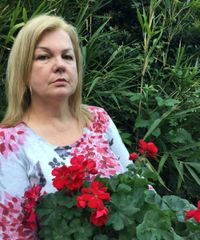
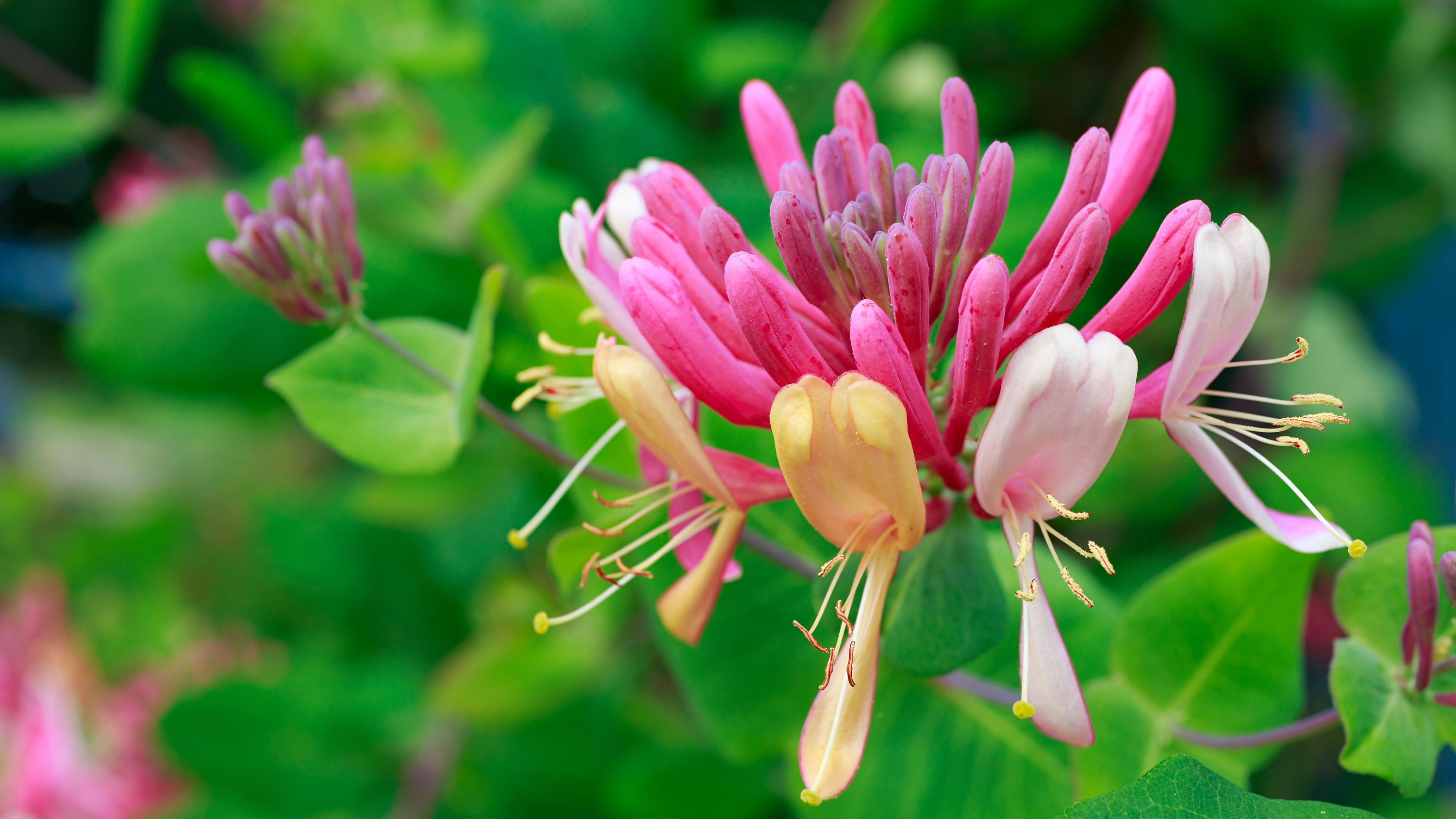
With its exotic flowers and graceful trailing habit, honeysuckle (otherwise known as lonicera) is a good choice for any garden. A great climber that wraps easily around a pergola or scrambles over a fence, this plant will quickly become your go-to when it comes to softening boundaries and adding a touch of romantic, cottage-garden style charm. But, it works equally well in modern plots, too.
As well as being one of the best climbing plants, honeysuckle is also wonderful for adding scent to your outdoor space. It will perfume your garden in winter and summer alike, depending on the variety you opt for. It is also a magnet for butterflies – who love to drowse on their slender tubular flowers – and foraging bees on the lookout for nectar. Birds like to nest in them too.
Feeling tempted for one or two of your own? We've rounded up everything you need to know to grow these beautiful climbers in your backyard.
How to plant honeysuckle in 6 simple steps
- Most honeysuckles love to climb, so they need something to scramble up. It's best to install your support – whether it be a trellis or wire framework – before you plant.
- Fork some well-rotted organic matter into the soil, then grab your best garden spade and dig a hole big enough to accommodate the rootball of your plant.
- Plant your honeysuckle at the same depth that it was in its pot.
- Add a good layer of mulch to help keep the soil moist and provide the growing conditions honeysuckle loves best. Then, water well.
- According to the experts at the RHS, once you've planted your honeysuckle, cut back the existing shoots by two-thirds. This will encourage strong new shoots to form at the base that will be ideal for training up your support.
- Water regularly during the first spring and summer until the plant has become established, then you can ease off the regular checks.
When is the best time of year to plant honeysuckle?
Honeysuckle is hardy in even the coldest of winters and there are varieties that will survive in really low temperatures and still thrive. It can be bought and planted all year round, apart from if the ground is frozen or waterlogged.
It's best to plant the deciduous variety in late winter though, while spring or autumn are best for the evergreen types.
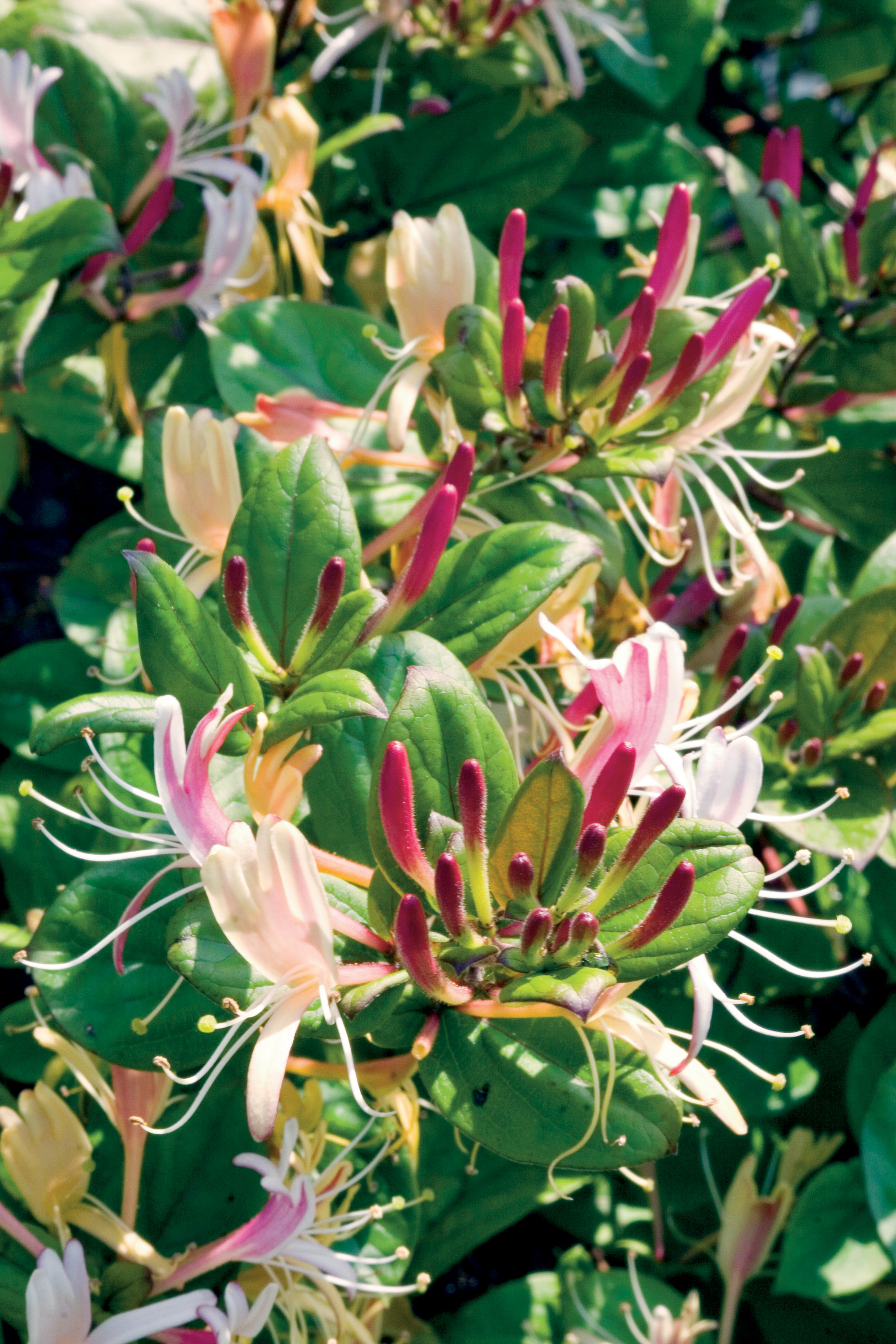
Where is the best place to plant honeysuckle?
This unfussy shrub is a happy-go-lucky plant that will slot into your garden design with minimum effort and maximum impact. It's a prolific grower and will quickly fill out into a full and leafy shrub to hide ugly boundaries and smooth out the edges of pergolas or other overhead structures.
Growing it up a warm garden wall or fence is great for encouraging flowers. Use trellis or wires arranged in horizontal layers about 18in (45cm) apart. Add vertical wires as well, spaced in the same way, if you really want to give your honeysuckle a head start. Make sure you leave a gap of at least 2in (5cm) between the wall and the support so the honeysuckle can wrap around it in a spiral.
If you want honeysuckle to scramble through trees or other shrubs, you may need to provide netting for it to get a grip.
In terms of optimum soil types, honeysuckle grows in any fertile, well-drained ground, including chalk and clay. In terms of light, it thrives in dappled shade due to its woodland origins. It will tolerate full shade, but it will only flower prolifically if it gets regular sun. However, very sunny spots can lead to the leaves becoming scorched and can increase the risk of powdery mildew.
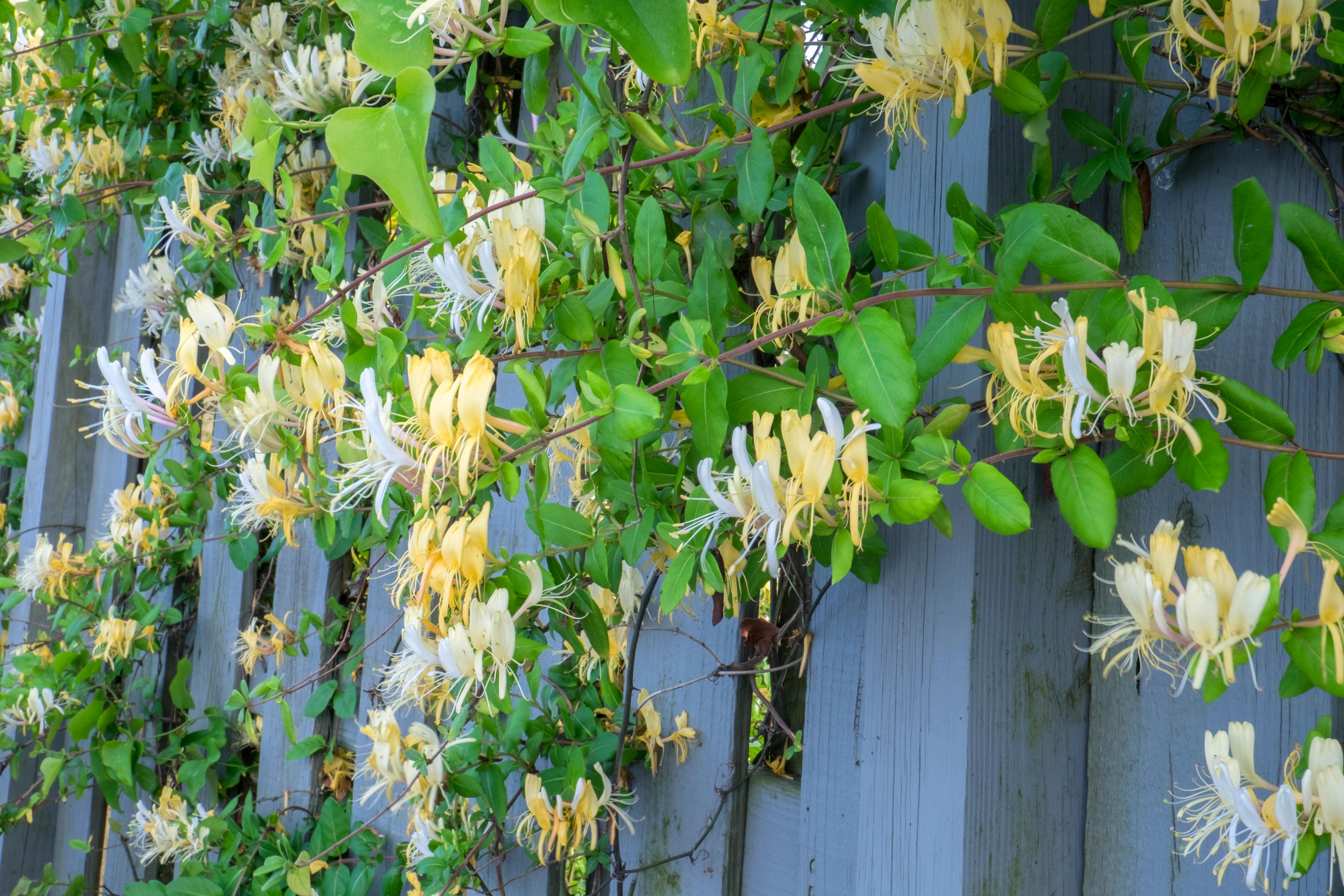
Common problems with growing honeysuckle and how to avoid them
These dependable plants are pretty trouble-free. However, there are a few things to look out for:
- A dry summer with too much sun may lead to powdery mildew. If your soil lacks a protective mulch of well-rotted organic material, this can aggravate the problem. Avoid this by mulching regularly to improve moisture retention.
- Aphids like the tender shoots but are easily dealt with. Our guide on how to get rid of aphids has all the info on ways to deter them.
- Too little light will often result in a lack of flowers. Because of this, it's better to choose one of the best shade loving plants for gloomier spots, and plant your honeysuckle elsewhere.
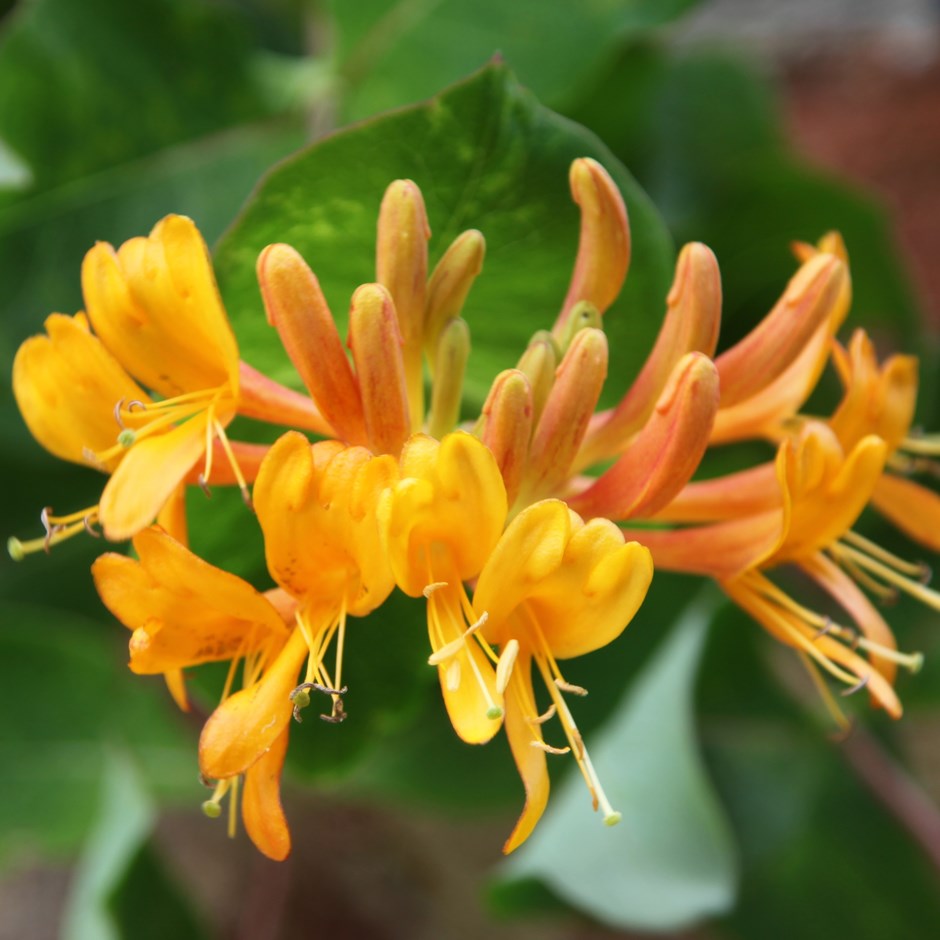
Can you grow honeysuckle from a cutting?
There are two ways to stretch your honeysuckle and make some baby plants. Both are super easy to do.
Layering method
- Bend a young, pliable honeysuckle vine down to the ground in spring, and pin it in place with a metal plant peg so that it forms a 'U' shape.
- Cover it with soil, leaving the tip above ground. A new plant will soon take root and spring into leaf.
Growing from softwood and semi-ripe cuttings
- Choose healthy, disease-free stems to propagate from and take cuttings in spring when the plant starts to put on new growth. Choose a 4in (roughly 10cm) piece of stem and trim so that only one leaf node remains. Nip out the growing tip from the center of the node.
- Make a soil mix up with last year's old, spent compost and some gritty sand in a 50:50 ratio, and use it to fill a small flower pot. Then, insert two or three cuttings around the edges of the pot.
- They're hardy plants, so you can put them outside in spring. Remember to keep an eye on them so they don't dry out and cover them in the event of late frosts.
There's more advice on how to take cuttings from plants in our guide.
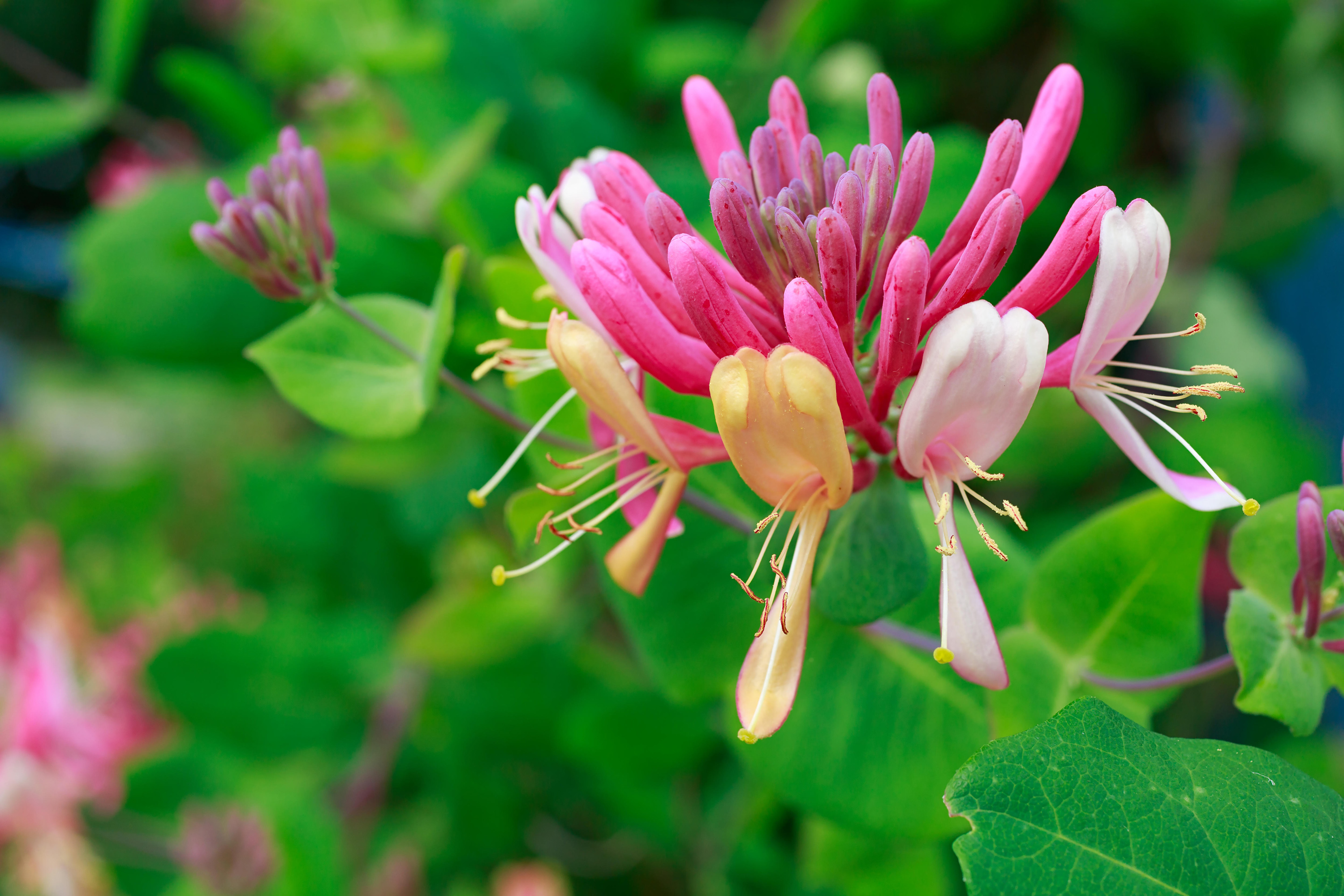
Do you need to fertilize honeysuckle?
Honeysuckles are not very demanding and can generally just be left to do their own thing. However, they will appreciate a feed in spring, using a general-purpose fertilizer.
They also love a yearly top-up of mulch to keep the soil moist.
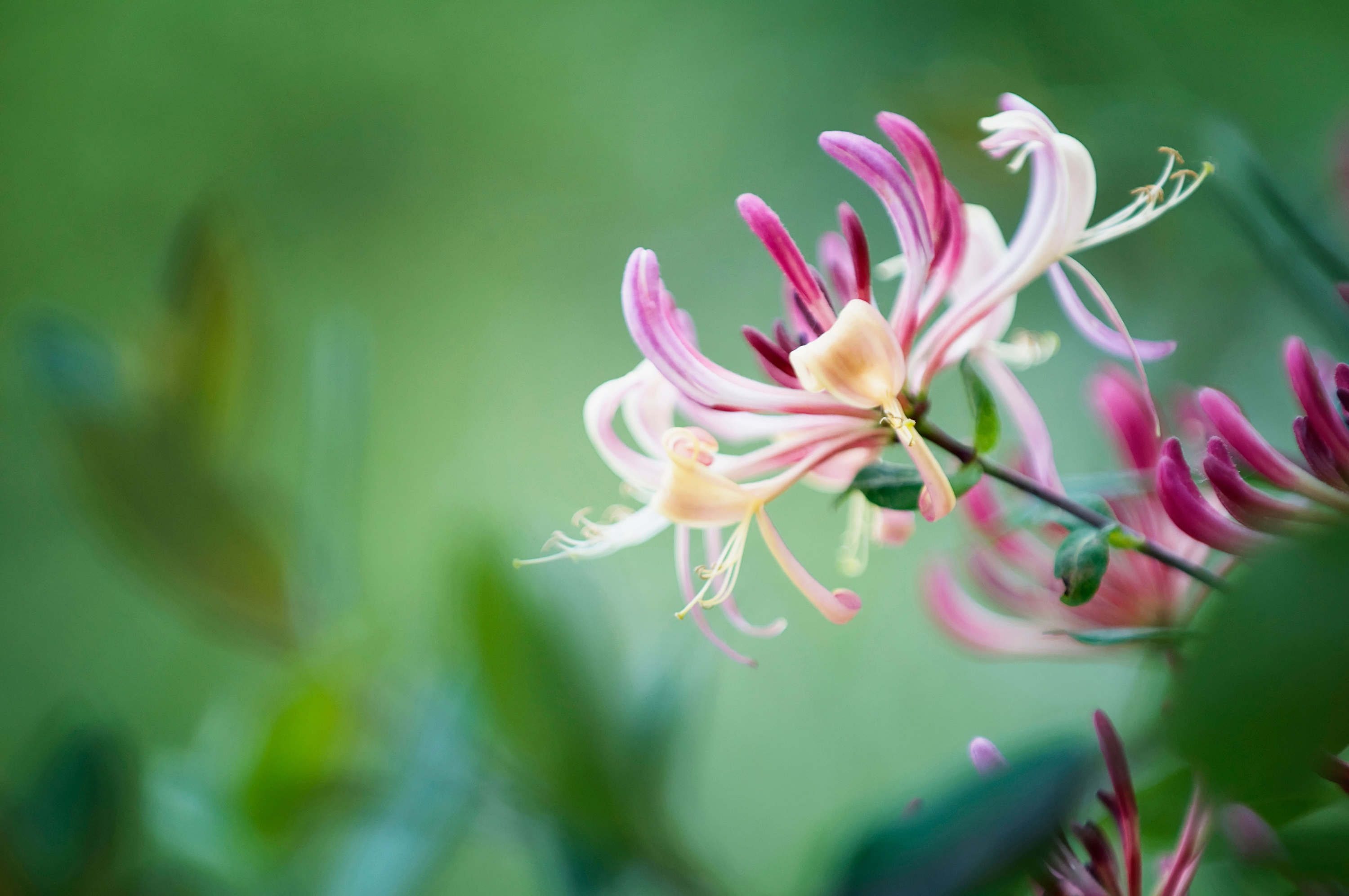
Where to buy honeysuckle
Now you know how to grow honeysuckle, you probably want one for your own planting scheme. You can buy them from the garden center and they are also readily available by mail order.
We've rounded up some of our top suppliers below to make your search easy.
Shop honeysuckle in the US
- Buy honeysuckle at Amazon
- Buy honeysuckle at Burpee
- Buy honeysuckle at Walmart
- Buy honeysuckle at Nature Hills
Shop honeysuckle in the UK
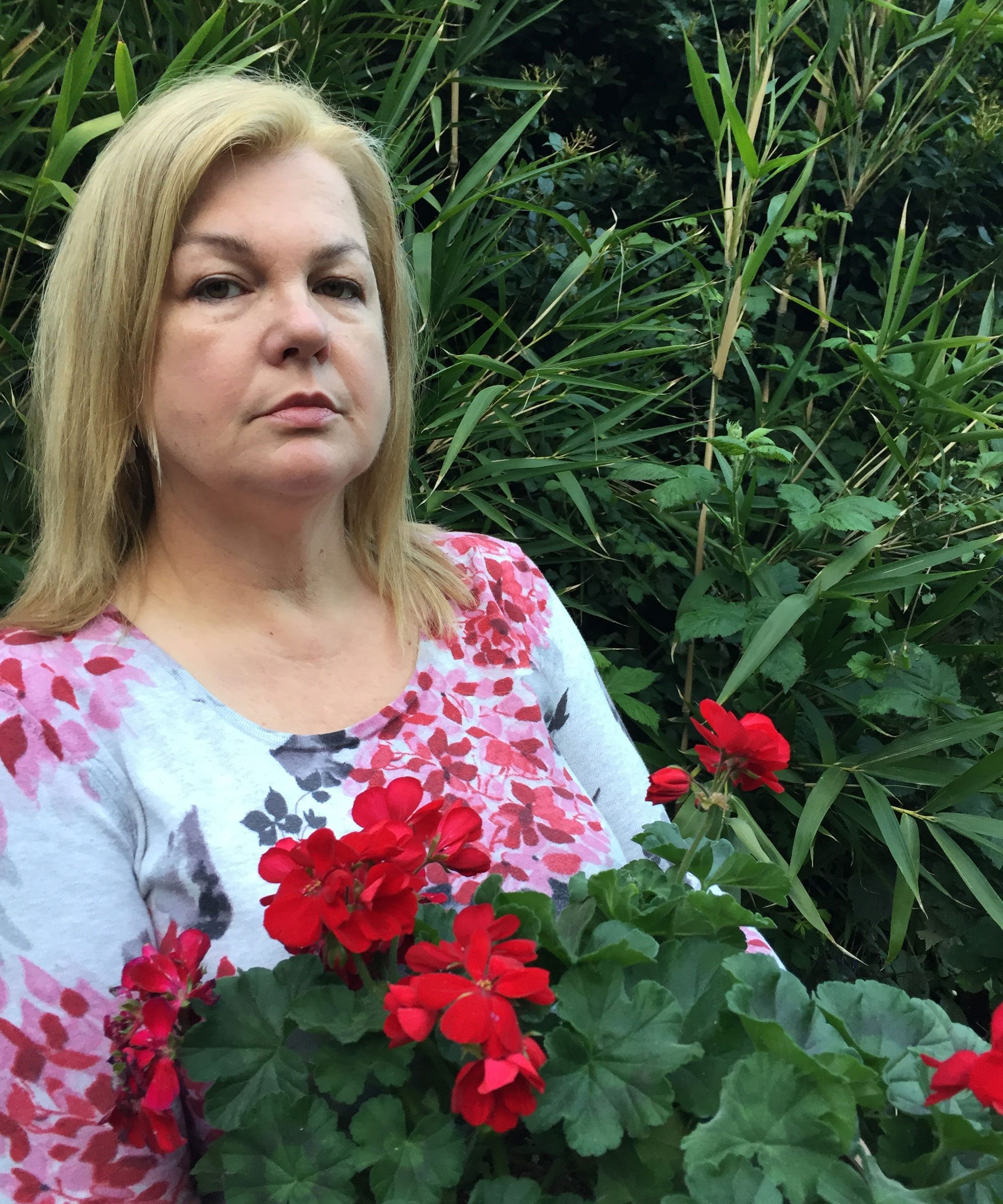
Lifestyle journalist Sarah Wilson has been writing about gardens since 2015. She's written for Gardeningetc.com, Livingetc, Homes & Gardens, Easy Gardens and Modern Gardens magazines. Having studied introductory garden and landscape design, she is currently putting the skills learned to good use in her own space where the dream is establishing a cutting garden.
